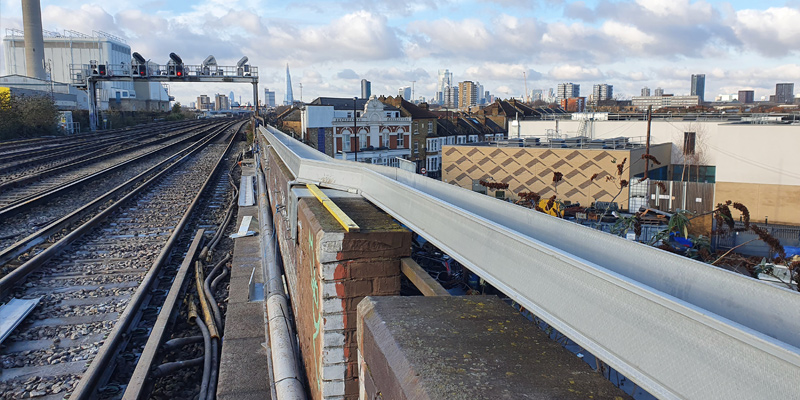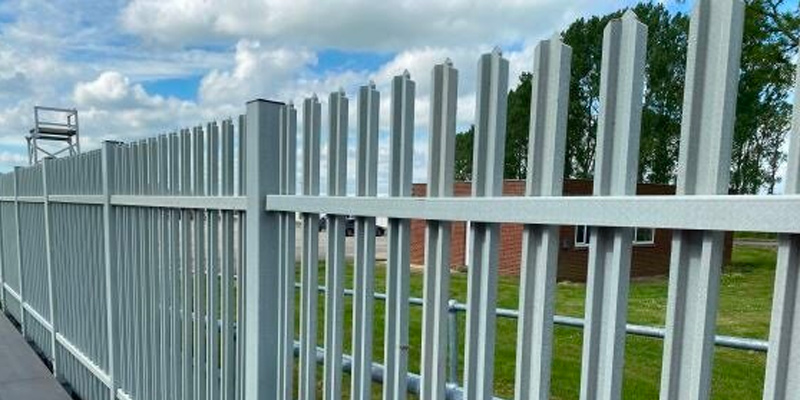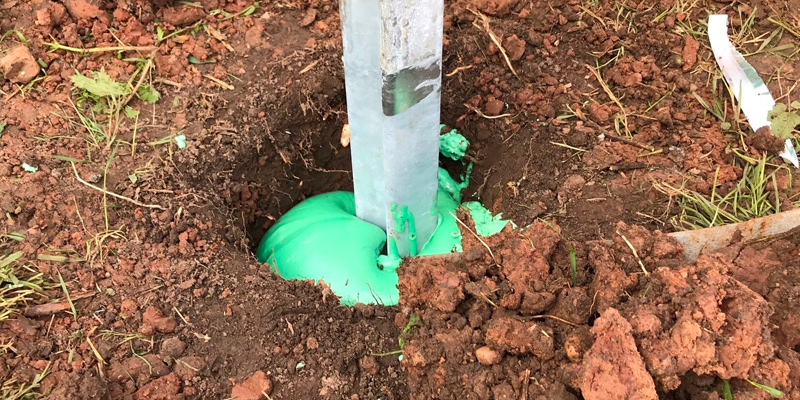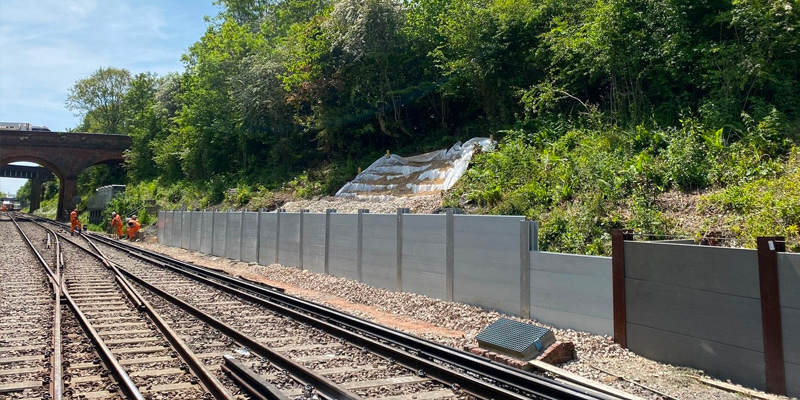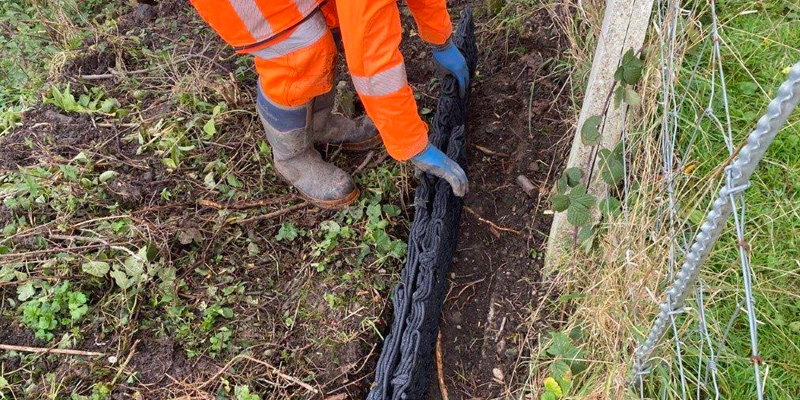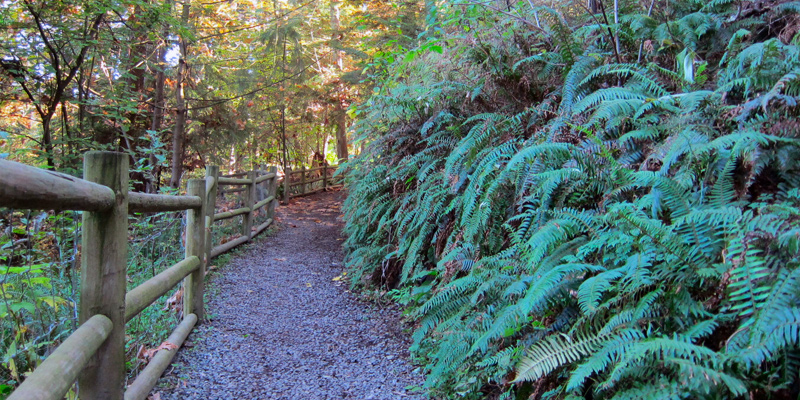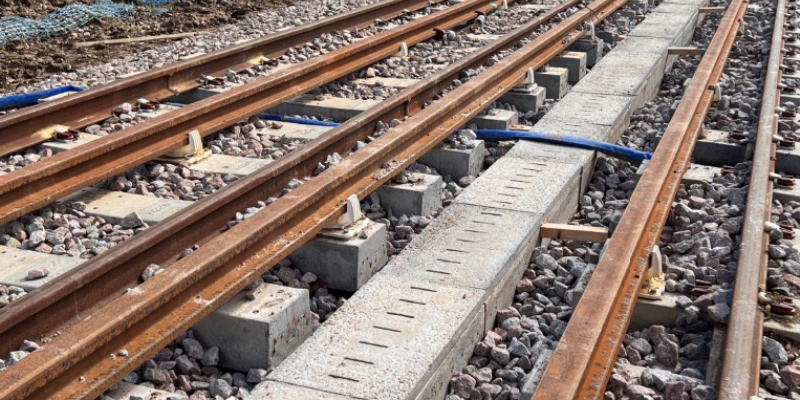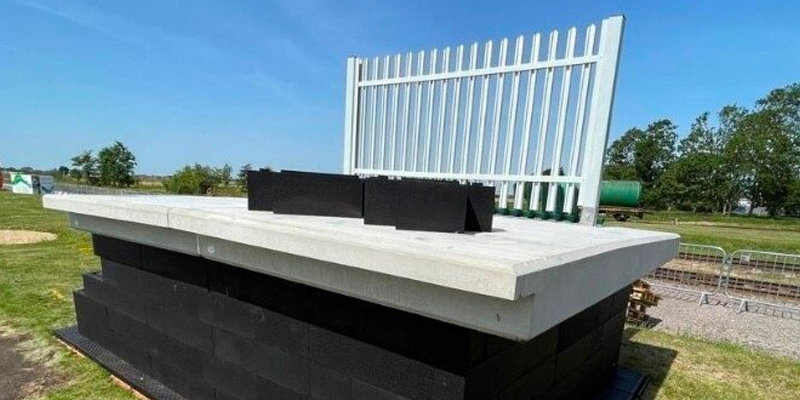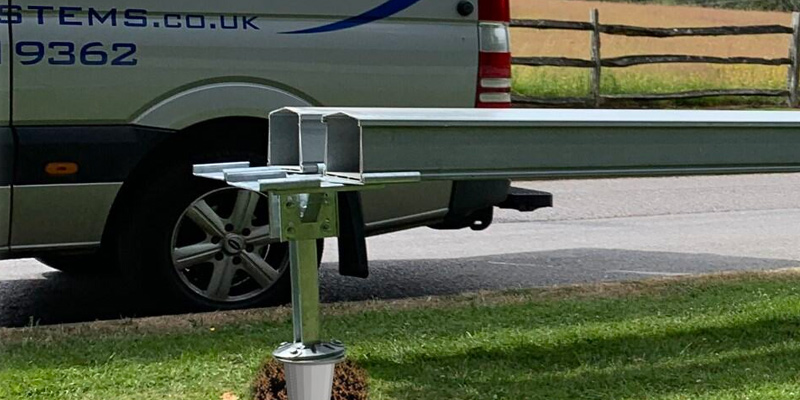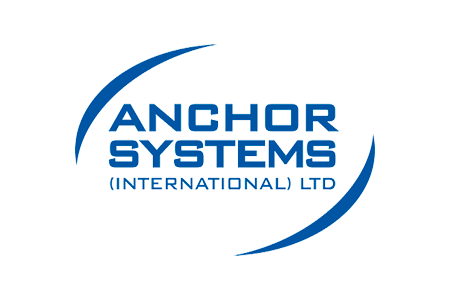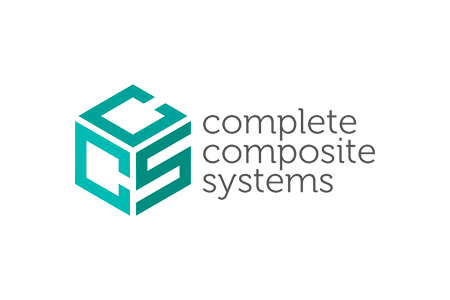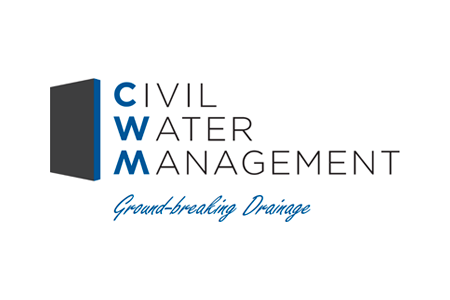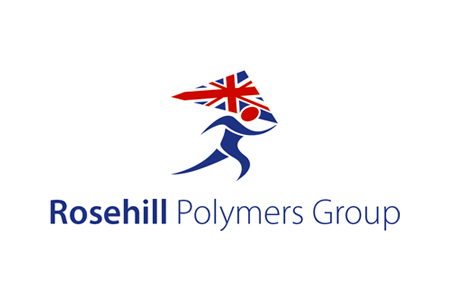Rail
Work with a team that knows how to keep rail projects on track – from start to finish, today and tomorrow.

What we do
Your specialist rail supplier for materials and expertise.
When it comes to complex rail projects, small decisions ripple out into infrastructure that could last for a generation. With our dedicated rail division, we provide the expertise and exclusive products it takes to make rail more sustainable and resilient.
Our comprehensive product range includes the industry’s most innovative options – from 95% recycled drainage systems to vegetative retaining walls that support biodiversity. But what sets us apart is the proactive way we work from your earliest design and specification stages, helping you understand the options available and their long-term impact and performance.
120 years
combined rail industry experience
360° view
of your project, products in the market, and whole life cost
Service
Direct contact at every stage.
Working with us, get a partner that’s there from your earliest discussion to delivery – and beyond. Our multidisciplined team will get to know your project inside-out, drawing from knowledge across rail, construction, engineering, design, manufacturing, and distribution. For every stage, every obstacle, and every unexpected change, we’re here to help.
Expertise
Knowledge that goes beyond our rail products.
As you’d expect, we bring in-depth knowledge of the market’s most innovative products, as well as their potential implications for your project. We can help you control whole life costs, drive safety, and reduce asset maintenance. But our small, focused team goes further to share this knowledge – not just with product recommendations, but also lunch and learn sessions, in-person demonstrations, and more.
Responsibility
Supporting Network Rail’s Net Zero ambitions.
Sustainability is at the heart of the railway’s future – and we’ve been working towards Net Zero for years. Since 2016, we’ve curated a portfolio of innovative products that not only reduce carbon but also improve your ability to cope with climate change. Across civils, signalling, stations, structures, and drainage, we provide a complete approach to support your energy transition.
Case Studies
See how we’re applying our rail expertise.
RJ Power Rail
Carrying out projects in the high-risk rail industry requires an exceptional level of expertise and the ability to work swiftly and safely. So when specialist electrical company RJ Power asked for our help on a project at Generals Lane, Chelmsford, we were happy to step in.
Read our case study